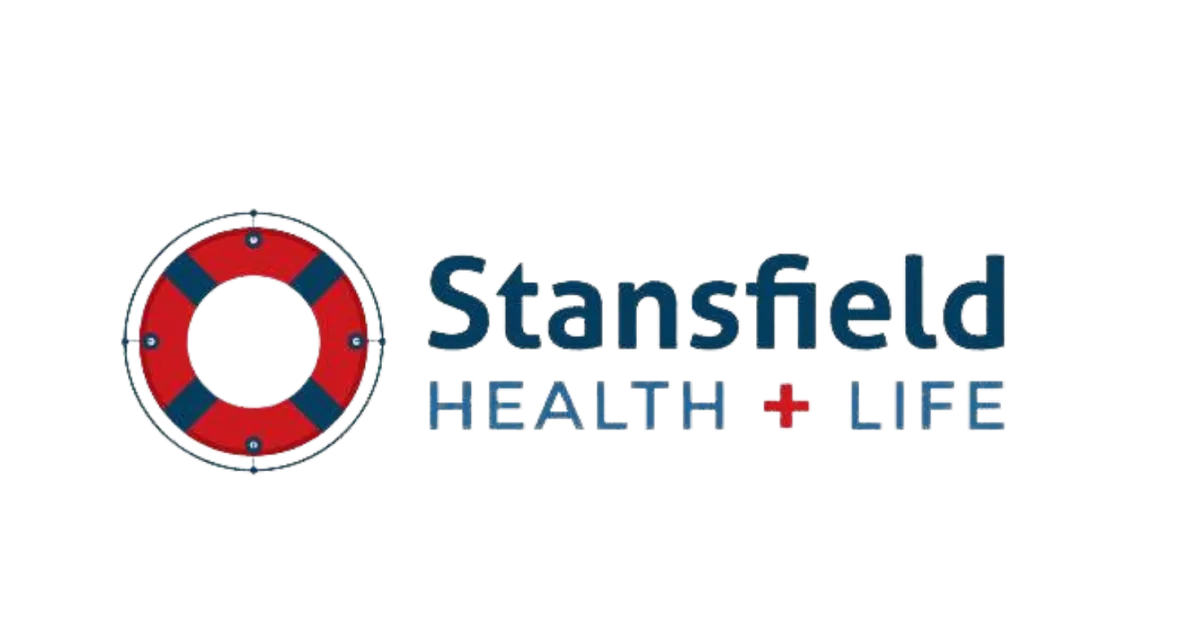
CALL US NOW!
Blog

Understanding the Four Parts of Medicare: A Complete Guide
Navigating Medicare can be challenging, especially when understanding the four essential components: Part A, Part B, Part C, and Part D. Each part covers different aspects of healthcare services, and it’s critical for beneficiaries to grasp the details to make informed decisions. In this guide, we break down each part with thorough explanations, eligibility requirements, and coverage details.
What Is Medicare?
Medicare is a federal health insurance program designed for individuals aged 65 and older, as well as certain younger individuals with disabilities or End-Stage Renal Disease (ESRD). The program consists of four distinct parts, each covering specific healthcare services.
Part A: Hospital Insurance
What Does Medicare Part A Cover?
Medicare Part A covers inpatient hospital stays, skilled nursing facility (SNF) care, hospice care, and limited home health services. Coverage includes:
Inpatient Hospital Care: Semi-private room, meals, general nursing, and medications.
Skilled Nursing Facility Care: For qualifying stays following hospitalization for at least three consecutive days.
Hospice Care: End-of-life care, pain management, and support for terminally ill patients.
Home Health Services: Part-time or intermittent skilled nursing care, physical therapy, and other medical services.
Medicare Part A Costs
Premium: Most beneficiaries receive Part A without a premium if they or their spouse paid Medicare taxes for at least 40 quarters.
Deductible and Coinsurance:
Inpatient hospital deductible per benefit period.
Coinsurance applies after 60 days of hospitalization.
Additional daily coinsurance applies after 90 days under lifetime reserve days.
Part B: Medical Insurance
What Does Medicare Part B Cover?
Medicare Part B provides coverage for outpatient medical services, preventive care, and durable medical equipment (DME). Coverage includes:
Physician Services: Doctor visits, outpatient care, and preventive services.
Preventive Screenings: Mammograms, flu shots, cardiovascular screenings, and cancer screenings.
Durable Medical Equipment: Wheelchairs, walkers, and oxygen equipment.
Mental Health Services: Outpatient counseling, therapy, and psychiatric evaluations.
Ambulance Services: Emergency transportation when necessary.
Medicare Part B Costs
Monthly Premium: Standard premium amount, subject to income-related adjustments.
Deductible: Annual deductible required before coverage begins.
Coinsurance: Typically 20% of the Medicare-approved amount for most services.
Part C: Medicare Advantage Plans
What Are Medicare Advantage Plans?
Medicare Part C, also known as Medicare Advantage, is an alternative to Original Medicare provided by private insurance companies approved by Medicare. These plans often include additional benefits not covered by Parts A and B.
Types of Medicare Advantage Plans
Health Maintenance Organization (HMO): Requires use of network providers and referrals for specialists.
Preferred Provider Organization (PPO): Offers flexibility to see out-of-network providers at higher costs.
Private Fee-for-Service (PFFS): Determines provider payment terms independently.
Special Needs Plans (SNPs): Tailored to individuals with specific conditions or characteristics.
Benefits of Medicare Part C
Comprehensive Coverage: Includes hospital, medical, and often prescription drug coverage.
Additional Services: Vision, dental, hearing, and wellness programs.
Out-of-Pocket Maximum: Limits annual spending to protect against high healthcare costs.
Part D: Prescription Drug Coverage
What Does Medicare Part D Cover?
Medicare Part D helps cover the cost of prescription medications, ensuring that beneficiaries can afford essential treatments.
Medicare Part D Plan Structure
Formulary Tiers: Drugs are divided into tiers, with varying cost-sharing amounts.
Deductible Phase: Beneficiaries pay the full cost until the deductible is met.
Initial Coverage Phase: Plan pays a percentage of drug costs.
Coverage Gap (Donut Hole): Temporary limit on what the plan covers, with partial discounts on brand-name and generic drugs.
Catastrophic Coverage: Beneficiary pays minimal costs after exceeding out-of-pocket threshold.
Choosing a Medicare Part D Plan
Consider Drug Formularies: Ensure preferred medications are included in the plan.
Evaluate Pharmacy Networks: Check for preferred pharmacies to reduce costs.
Compare Premiums and Deductibles: Analyze total annual costs, not just premiums.
Eligibility and Enrollment Periods
Initial Enrollment Period (IEP)
Begins: Three months before the 65th birthday.
Ends: Three months after the 65th birthday month.
Coverage Start Date: Varies based on sign-up timing.
Special Enrollment Period (SEP)
Available for individuals with specific qualifying events, such as:
Losing employer coverage.
Moving out of plan service areas.
General Enrollment Period (GEP)
Occurs: January 1 to March 31 annually.
Coverage Begins: July 1 of the same year.
Late Enrollment Penalties: Apply if coverage is delayed without qualifying exceptions.
Medicare Supplement (Medigap) Plans
What Are Medigap Plans?
Medigap policies supplement Original Medicare by covering out-of-pocket expenses such as deductibles, copayments, and coinsurance.
Key Features of Medigap
Standardized Plans: Plans A through N offer different coverage levels.
Freedom to Choose Providers: Any provider that accepts Medicare.
Guaranteed Issue Period: No medical underwriting during the Medigap Open Enrollment Period.
How to Choose the Right Medicare Plan
Analyze Healthcare Needs
Consider existing conditions and prescription medication requirements.
Determine the need for additional benefits such as vision and dental care.
Evaluate Plan Costs
Compare premiums, deductibles, and out-of-pocket maximums.
Review cost-sharing for doctor visits, hospital stays, and prescription drugs.
Check Provider Networks
Confirm if preferred healthcare providers and pharmacies are included in the plan network.
Verify coverage options for out-of-state services if necessary.
Conclusion: Make Informed Medicare Choices
Understanding the four parts of Medicare—Part A, Part B, Part C, and Part D—is crucial to making informed healthcare decisions. Whether opting for Original Medicare or a Medicare Advantage plan, assessing personal healthcare needs, comparing costs, and verifying provider networks will ensure the best possible coverage and minimize unexpected expenses.
Book Your “No Obligation” Consultation from
a local Medicare Insurance Plan Specialist.
Attend our “live” local Medicare
Education Workshop
Disclaimer: Medicare has neither reviewed nor endorsed this information. We’re not connected with or endorsed by the United States government or the federal Medicare program. We do not offer every plan available in your area. Any information we provide is limited to those plans we do offer in your area. Please contact Medicare.gov or 1-800-MEDICARE to get information on all your options.
Stansfield Health and Life © Copyright 2023
Website design and Marketing by LaunchpadPro
